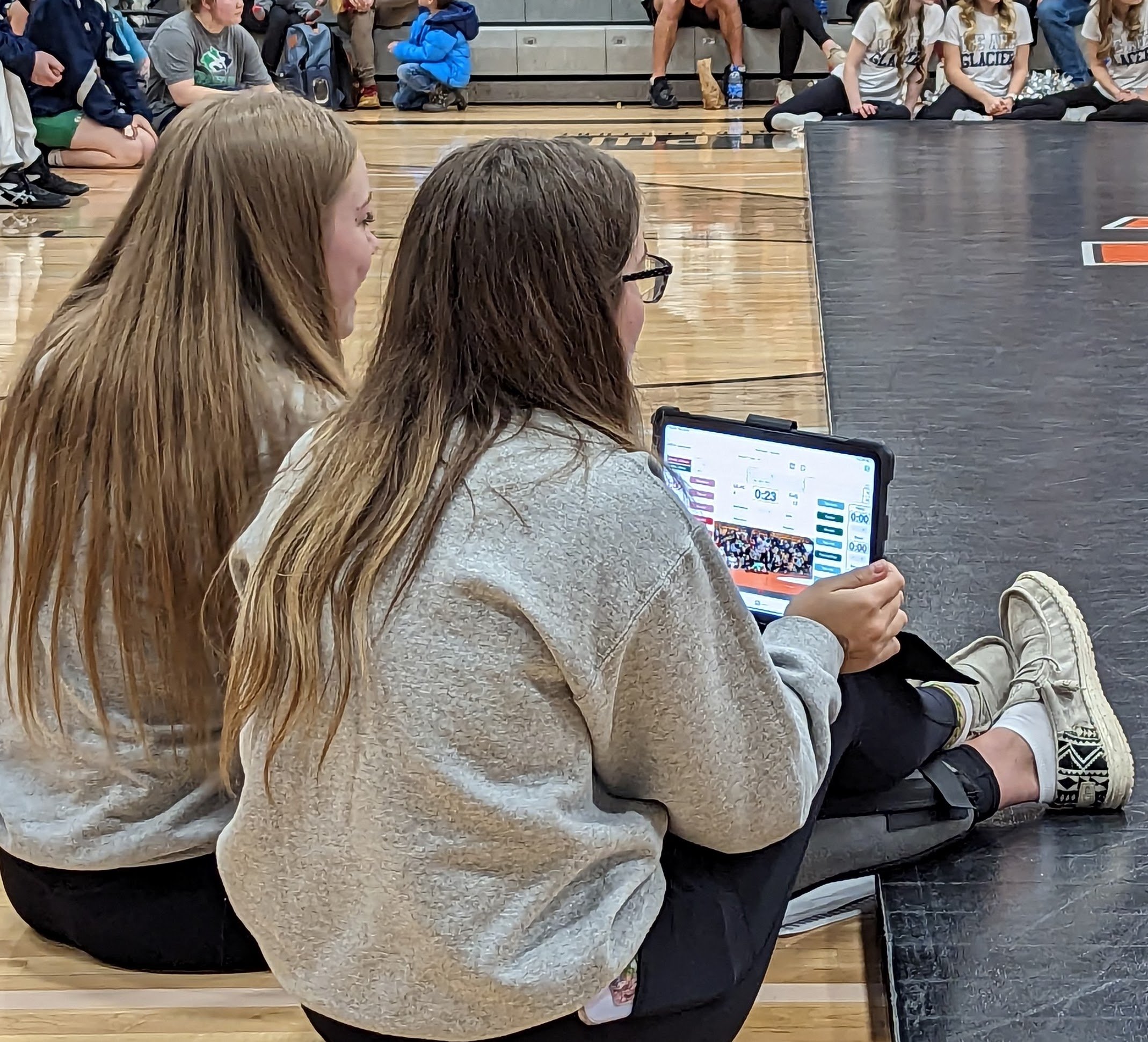
HIGH SCHOOL WRESTLING PARTICIPATION
High School Wrestling Participation
2002/03 — 2022/23
Here’s a summary of high school wrestling participation covering the time period 2002/03 through 2022/23.
This data is sourced from the National Federation of State High School Associations (NFHS) website.
Click on the visualizations to enlarge.
Number of Teams
Number of teams increased considerably in 2022/23 due to the rise of girls wrestling. Total number of schools is up 9.6% in 2022/23 compared to 2021/22. Number of boys programs has been flat for roughly fifteen years.
Number of Participants
Total number of participants increased at a rapid rate from from 2022 to 2023 for boys and girls. For the first time since 2002/2003, total participants is more the three hundred thousand. Boys participation in 2022/23 recovered to its 2014/15 level.
In 2022/23, roughly one in six wrestlers was female.
Wrestling’s Popularity
The number of boys wrestling participants as a percentage of all boys high school sports participants has been roughly constant since 2002 at 5.7% +/- .4. Wrestling is as popular as ever amongst male high schoool students in NFHS-followed sports. Girls wrestling is growing in popularity accounting for 1.5% of all female participants in the most recent year, up from .5% in 2017/18.
Team Size
Average boys team size increased by 2.4 wrestlers in 2022/23 over 2021/22 and stands at 23.9 wrestlers per team. This is a key metric since small teams are more likely to forfeit matches as they struggle to fill weight classes. Forfeits are viewed by many as diminishing wrestling’s fan appeal.
Average girls team size is 7.7 wrestlers. Since 2002/03, girls team size has grown by one athlete every five years. The girls need to accelerate this growth to reach critical mass per team. The minimum number of weight classes for an NFHS-compliant girls dual meet is 12. At the current growth rate, the average girls team won’t be able to field a full dual meet lineup for another 20 years.
The NFHS doesn’t provide information about their survey or methodology so it isn’t possible to gauge the accuracy of their data in a single season or over time.

